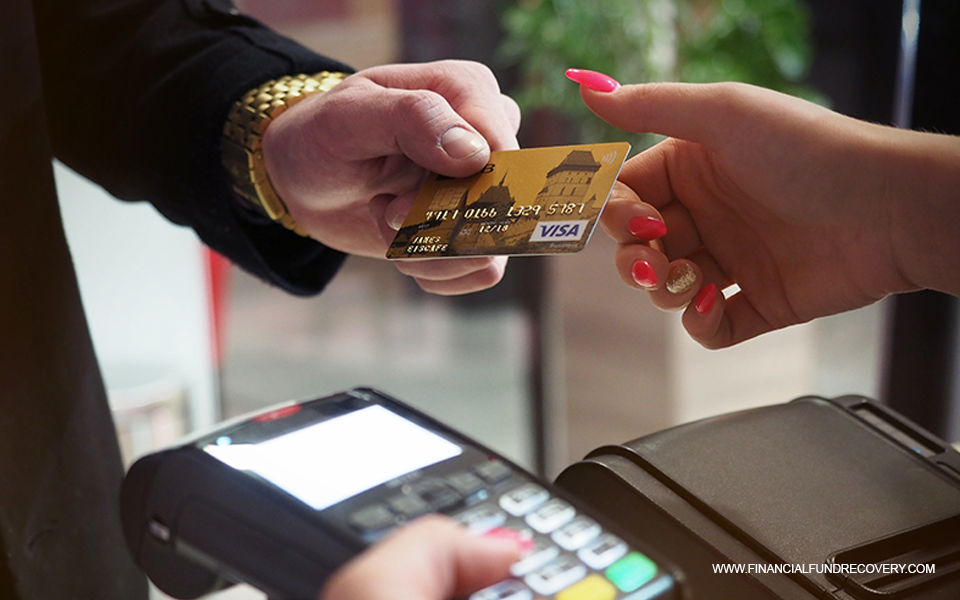Banking fraud is a terrible reality in today’s world. You can detect a purchase you didn’t make when analyzing your regular checking account statement or internet activity. What should you do next, in your opinion?
If you discover any fraudulent transactions in your checking account, you must act quickly to resolve the situation. The process is slightly different when a debit card is used instead of a credit card.
What Happens to Your Account When Someone Else Gains Access to It?
Criminals can get your checking account information through a variety of methods. For example, it’s conceivable you misplaced your card, and the wrong person discovered it. Criminals install card skimmers and hidden cameras at ATMs and gas stations to capture your account number and PIN. Account-holders, on the other hand, may inadvertently divulge personal data.
According to our analysts, “social engineering is among the most productive methods to get access to financial facilities.” This financial technology startup assists banks with client verification and identity automation. According to Ioannides, this occurs when a malicious person contacts a potential victim and presents himself as an authority figure.
After winning the victim’s trust, the criminal asks “identification questions” to ostensibly authenticate the victim’s identity before performing some account action. The thief then answers security questions and gains access to the victim’s account using the victim’s info like bank account number, Social Security number, etc.
When You Uncover an Illegal Transaction, What Will You Do?
If you find a fake charge, contact the bank right away and speak with their fraud department. A customer service representative will assist you through the following procedures: deactivating your debit card, purchasing a new card, and changing your internet banking passwords. In some situations, your account will be suspended, and any transactions will require extra verification from you.
It’s also essential to send a written or emailed message to follow up on your phone conversation. Your bank account number, the date and time you discovered your card had been stolen or hacked, and the date and time you notified the fraudulent transaction should all be included in the letter.
The ability to do this quickly can mean the difference between a slight and significant loss. For one thing, according to federal law, if you report your card as obtained illegally before any fraudulent transactions take place, you are accountable for $0 in illegal charges. You can’t be held liable for more than $50 in costs if you report a bogus charge within two days. Remember that you have 60 days to challenge the transaction, or you may be forced to pay for it. Unlike credit cards, where most issuers guarantee no liability for disputed purchases, this works differently.
After filing a complaint, the bank has ten days to investigate an illegal transaction. It’s also good to call the retailer and protest the purchase if the marketing involves a merchant. If the bank does not reimburse your purchase, the retailer may.
Dial the number present behind your ATM card if you need to contact your bank. According to Ioannides, fraudsters have set up bogus support numbers to obtain account owner information. So if a bank calls to warn people of fraud and requests private data, hang up and call the card’s number instead of providing any info, as this could be a scam.
Also, remember to update your debit card information on any accounts where you have invoices set to autopay from your checking account. If you don’t, you risk incurring late payment fines.
How Can You Protect Your Checking Account From Scammers?
You can take the following precautions:
Keep an eye out for phishing: Be wary of impersonating service providers such as banks in emails, telephone conversations, or messages that ask you to confirm or supply personal or account information. “Whenever financial institutions contact you, they will not ask for personal information such as your identity, passwords, PIN, or other account information,” said a renowned Bank representative.
At ATMs, be cautious: Be careful where you swipe your physical debit card if you’re using it. Skimming devices are frequently installed at isolated or otherwise disguised ATMs and other payment terminals.
Take advantage of technology: Your bank’s mobile app, according to Chase, could help reduce the risks when shopping by providing features like mobile alerts and the option to restrict and activate your debit card. For example, if you’re concerned about fraudulent transactions, you can have your card locked when not in use and receive notifications when specific sorts of transactions occur.
Make additional security arrangements: These days, a secure password for your online account will not be enough. Multifactor authentication and fingerprints are excellent security features that many smart gadgets provide. When purchasing online, it’s also a good idea to use a credit card rather than a debit card because the fraud protection is better.
Maintain vigilance over your account: It’s critical to frequently monitor your bank statements or online banking transactions because time is essential for catching fraudulent transactions. As a result, you’ll be able to see any dubious charges immediately away.


